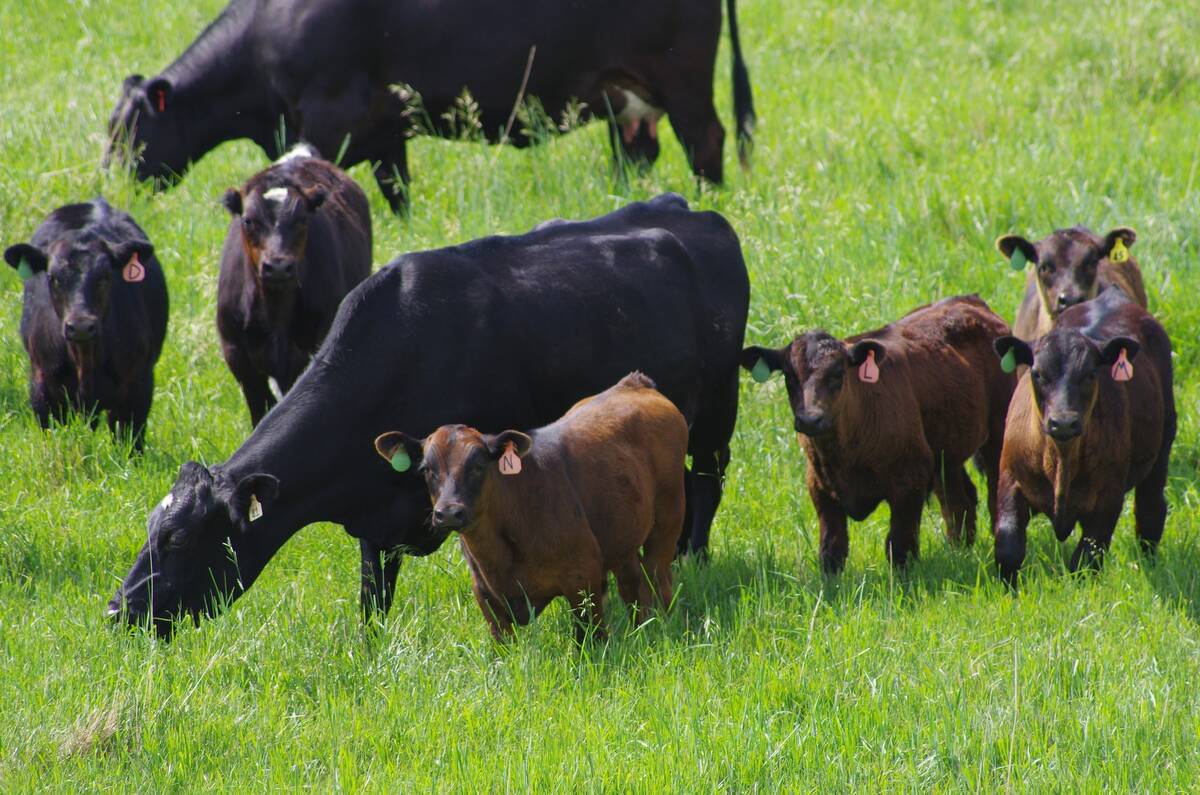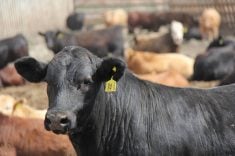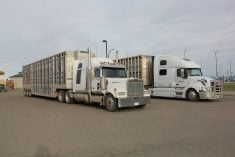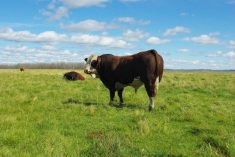This article originally appeared in the January/February 2025 issue of Beef in B.C. It is republished here with permission.
Investments in keeping mother cows healthy enough to deliver a calf and feed it to weaning can have significant dividends. If you have cows, you most likely have to deal with lump jaw. In this article, we will try to cover all things related to this diseases.
Lump jaw is caused by a specific bacterium (actinomyces bovis) that gains access to the deep tissues of the mouth and jaw through a puncture wound or cut, migrating feed material, broken tooth, etc.
Read Also
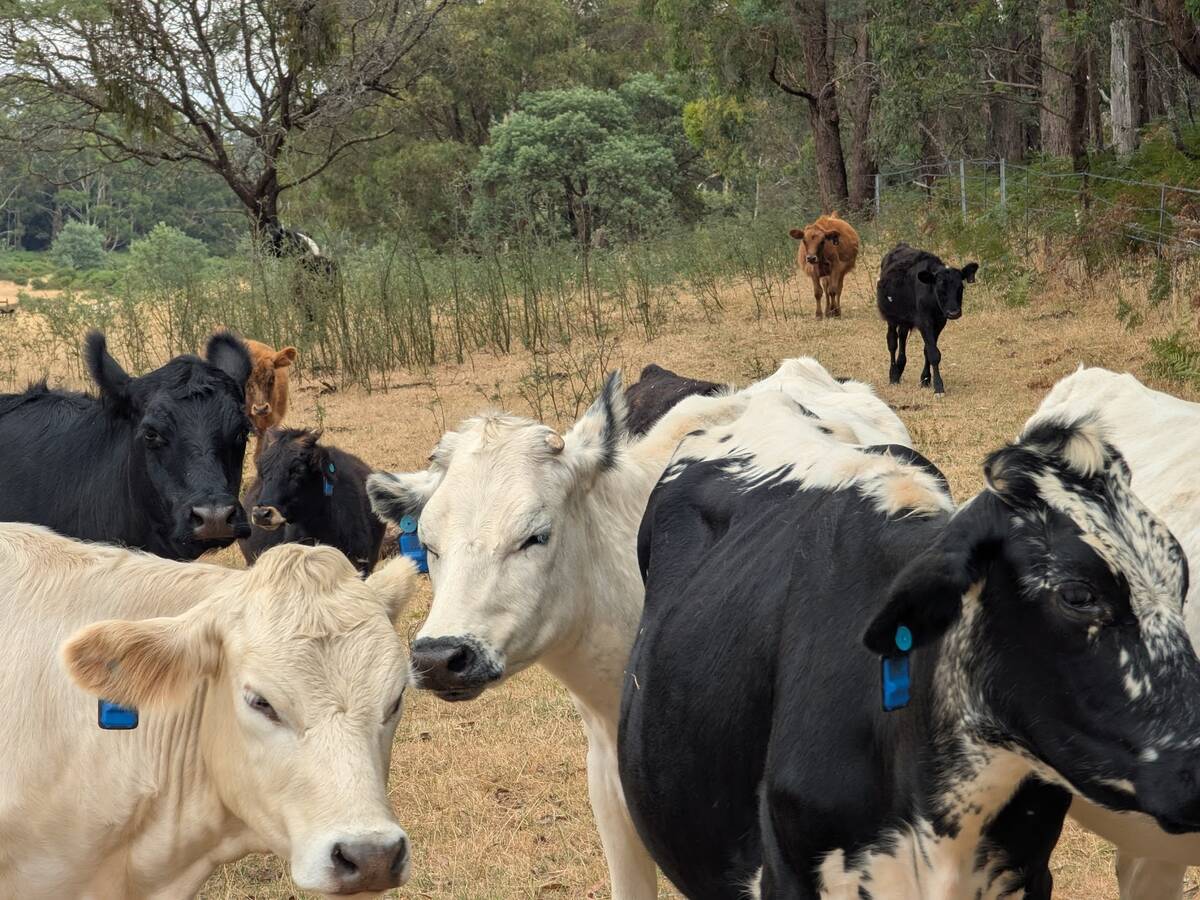
Australian company brings ear-tag tech to Canadian pastures
With Smart Paddock, beef farmers and ranchers can track their cattle through GPS technology
This bacterium is a normal inhabitant of the mouths of cattle. When it is on the gums, teeth, tongue and lining of the mouth, it is harmless. But it is able to thrive and multiply in environments that are anaerobic. When it enters deeper tissues, it starts to cause problems.
Usually, a herd will see a lump jaw cow every few years. We can see outbreaks where several cows seem to develop lump jaw around the same time. If this is the case, it is time to look at your feed. Something that the cows are eating or chewing on is likely causing trauma to the inside of the mouth.
Foxtail and other grass awns are some of the most common culprits. If pasture is low, you may find that the cows are having to resort to forage on whatever is left. If thorny, shrubby, coarse plant material is all that is left to eat, you can expect the risk of lump jaw to increase.
Cows are not very discriminating about what is in baled feed. They will often ingest small metal pieces. This can cause lump jaw as well as hardware disease.
Sometimes the bacteria enters deep tissues when the adult teeth are coming in. Some resources state that lump jaw tends to occur more in younger cattle, and there’s speculation that those cases are related to tooth eruption. But we’re not sure we’ve seen an age predisposition in our practice.

Diagnosis
To diagnose lump jaw, you need to be able to feel the lump. Lump jaw involves the bone. The bacteria gets into and around the bone, and the body responds with bone remodelling. If you get a chance to look at a skull that has been preserved with all soft tissue removed, the bone will look honeycombed and enlarged. Typically, the bottom of the lower jaw is affected, although it can occur on the upper jaw.
It’s not unusual for people to incur traumatic lumps to parts of their bodies when trying to examine a cow’s head. We now always carry a halter and recommend tying the head to the side to expose the lump and prevent human injury. We have gotten lazy, checking out a lump during a busy day of preg checking. We’ve also wasted time trying to adequately palpate the lump without a halter and been injured as well. Big, heavy heads need to be secured.
When diagnosing lump jaw, the lump will be hard, and solidly attached to the bone, or feel like the bone is thick and swollen. Lump jaw can break open like an abscess does, but there is usually minimal pus. The bacteria involved can produce gritty sulphur granules that can sometimes be seen and felt when it drains.
Regular soft tissue abscesses can occur in the same location and sometimes can be confused with lump jaw. In comparison, simple abscesses don’t involve bone, so they are mobile when you palpate them. They usually have a soft area where pus is accumulating. If they have drained, they may be firm due to scar tissue formation.
We like to have a look in the mouth to assess the teeth in cases of lump jaw. We advise wearing gloves when working around the mouth of cows. Serious zoonotic disease, such as rabies, can be transmitted through saliva. The bacteria causing lump jaw can, in rare cases, cause disease in humans. There have been a few cases of skin infections reported, likely after the bacteria infected a skin wound.
Treatment and prevention
The treatment goal is to catch the disease early to try to halt bacteria growth. Once bony changes occur, they can’t be reversed. We will sometimes see some associated soft tissue swelling improve after treatment.
The best treatment is sodium iodide, given intravenously. This should be done a few times, a week or so apart. There has been some reported abortion risk when pregnant animals are treated. But we don’t think studies have been done on this and other sources say they haven’t seen increased abortion risk. We typically wait until after calving to administer sodium iodide but occasionally have given it during pregnancy, after discussing the risks with the owner. Antibiotics such as oxytetracycline or penicillin can be given to try to slow the disease as well.
Prevention involves looking at your feed or anything else that is going into the cow’s mouth to try to determine what is causing oral trauma. If the feed looks good, were the animals given oral drenches or boluses, and might administration of those treatments have caused mouth trauma? Have any cattle been chewing at the fence?
We typically do not separate lump jaw cows from the rest of the herd. However, if there is significant drainage from the jaw that is contaminating feeding areas and you’re concerned about coarse feed, you may want to isolate infected animals. Exposure to higher bacterial levels could potentially increase disease risk.
Long-term prognosis for lump jaw is variable. If caught early, success with treatment is more likely. Many advanced cases are considered palliative. We recommend regular evaluation of body condition score and monitoring for difficulty eating/dropped feed. If the rest of the carcass looks good, animals can be butchered once medication withdrawal times have passed. This infection typically does not spread to other organs.
We hope this lumps all the information on lump jaw together for you.
Dr. Dana and Mark Bergen practice veterinary medicine in B.C., at Chetwynd Veterinary hospital. Reach them at [email protected]

